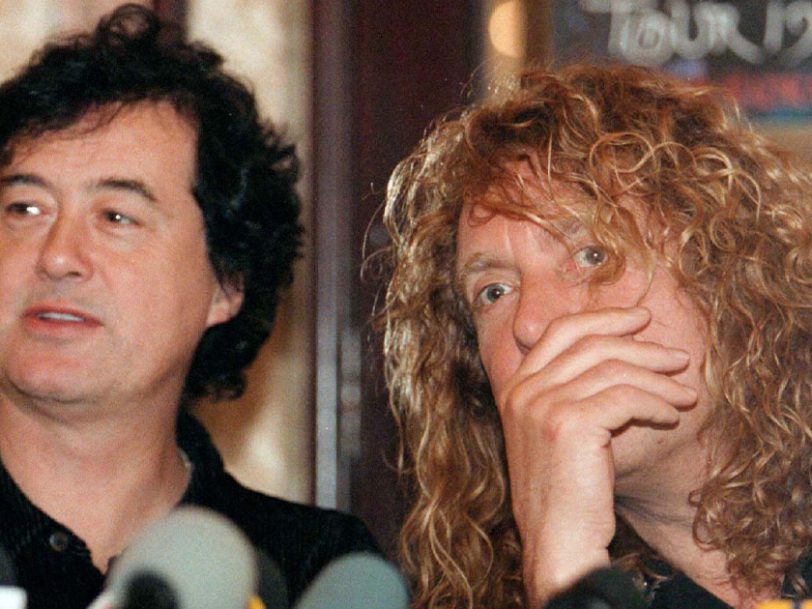The release: “I’d rather be measured by what happened two hours ago than what happened 25 years ago”
Perhaps because of its Zeppelin-like feel, Most High also drew the biggest plaudits when Walking Into Clarksdale was released, on 21 April 1998. As well as making the UK Top 30, the song went to No.1 on Billboard’s Mainstream Rock Tracks chart in the US and it later won a Grammy Award for Best Hard Rock Performance. It also helped the album shoot into the Top 10 on both sides of the Atlantic. Voted Album Of The Year by Entertainment Weekly, Walking Into Clarksdale would go on to procure a gold disc for Page and Plant in the US.
Addressing the wight of history that inevitably hung over the project, Plant asserted, in a press pack issued at the time of Walking Into Clarksdale’s release, “I’d rather be measured by what happened two years ago or two hours ago than what happened 25 years ago.”
Noting that and Page had wanted to capture the energy of their new ideas, Plant continued, “There were times where we could’ve actually, I think, improved on certain parts by concentrating more and more, but I think it would’ve taken away from the general feel of it. Harkening back to Physical Graffiti, there are moments on that where things speed up, slow down and I’m singing out of tune – whatever it is – doesn’t matter because you capture the moment.”
The legacy: “We did what we’d always done – we moved along”
Page, Plant and their core group continued to capture more moments during a lengthy – and highly successful – tour in support of Walking Into Clarksdale, but when the tour concluded, the two men held opposing views on the immediate future. Page confessed to Q magazine, “I wanted to keep working, but Robert wouldn’t hear of it,” and the vocalist concurred, telling Classic Rock, “I just didn’t want to do it anymore – I’d just had enough.”
Both men, however, kept busy as the 20th century wound down. Page toured with The Black Crowes (they performed some classics from the Led Zeppelin catalogue together), while Plant returned to the Welsh countryside and hooked up with his old Band Of Joy guitarist, Kevyn Gammond, in the low-key folk-rock act Priory Of Brion.
In time, though, both men came to realise that Walking Into Clarksdale would always find an audience. Twenty years after its release, Page reflected that it was “a very honest album”, while Plant, too, appreciated the record on its own merits.
“There were some fantastic moments,” the singer said. “The truth is that Jimmy and I did cut a collection of songs that weren’t immediately commercial and didn’t emulate Led Zep. We did what we’d always done – we moved along.”




